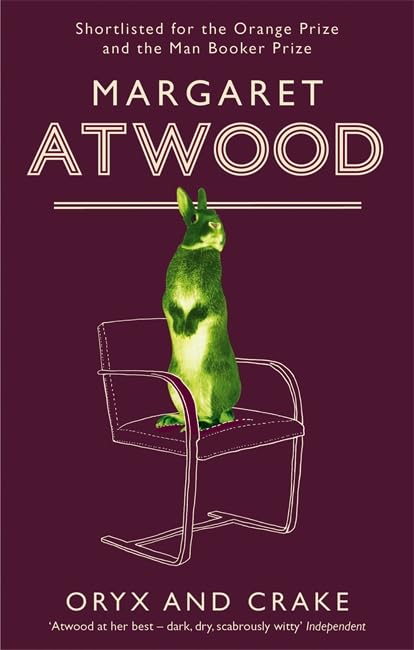This book is about the Dover, Pennsylvania school board’s decision to put Intelligent Design into the biology curriculum and the ensuing trial that ruled it a breach of the constitutional separation of church and state.
It’s interesting enough, but not particularly special. Perhaps they were keen to get to press quickly and the book is less finished than it could be. Specifically I think it lacks a clear focus or narrative; it spends too much time going over the history of legal conflicts over teaching creationism, and makes that background rather dry. It doesn’t really get any momentum until it gets on to the trial itself in the second half of the book, which is quite well done.
In terms of the balance these kinds of books have to strike between lively reporting and melodrama, I felt too often it was telling me things were dramatic rather than communicating what must have been the real human drama of the situation.
I also didn’t feel I was in the hands of someone who really had a bone-deep understanding of the issues at stake. Humes is clearly on the side of the scientists, although I think he tries to avoid being flamboyantly partisan, and I felt that some of the of the anti-ID arguments were being reproduced in a rather uncritical and undigested form. This is a trivial example of the kind of thing that sets off my alarm bells: Humes is taking Ann Coulter apart (not difficult) and says that in a three sentence, 69 word passage, there are ‘five lies and one ludicrous error’. He says this, about the phrase ‘Liberals’ creation myth is Charles Darwin’s theory of evolution…’:
It is a lie to characterize the modern science of evolution as “Darwin’s theory,” as it now encompasses genetics, DNA analysis, microbiology, embryology, artificial life experiments, and a host of other findings, methods and scientific disciplines that Darwin (and apparently Coulter) never heard of.
It’s true, of course, that biology and the understanding of evolution has moved on a lot since Darwin’s time. Coulter’s phrasing is simplistic and reductive, and may well be calculated to create a misleading impression that the idea of natural selection is outmoded or based on a personality cult. But even so, as a five word description used in brief for the theoretical underpinnings of biology, ‘Charles Darwin’s theory of evolution’ is surely not outrageous. And it certainly isn’t a ‘lie’ in the sense I understand that word.
It’s not like you have to stretch very far to find Coulter talking crap—the next sentence is a doozy—and it doesn’t do his credibilty any good to be imprecise when he attacks her.
I’m about as naturally sympathetic an audience as this book could hope to find, so if I find myself feeling it could usefully be more even-handed, there might be a problem. It’s only nuances, though.


